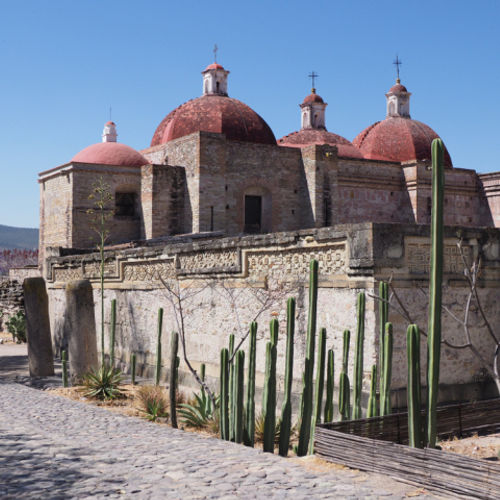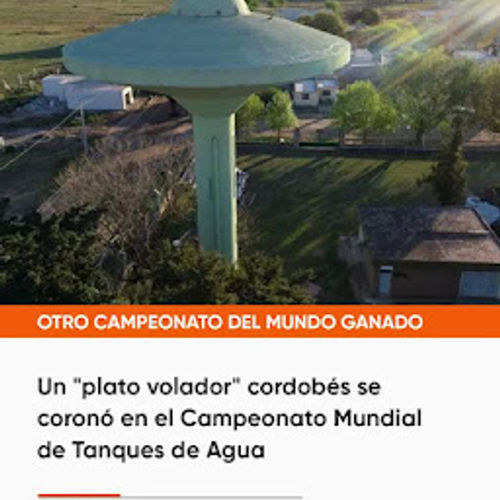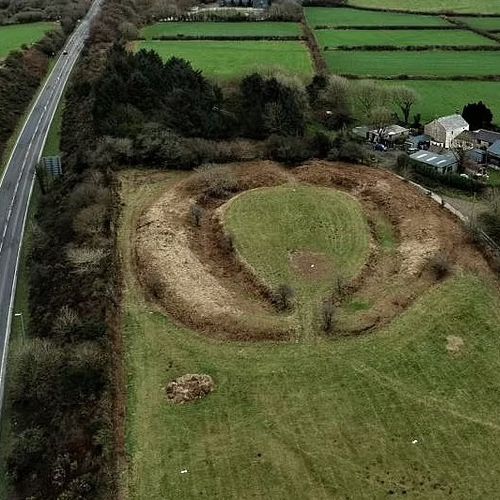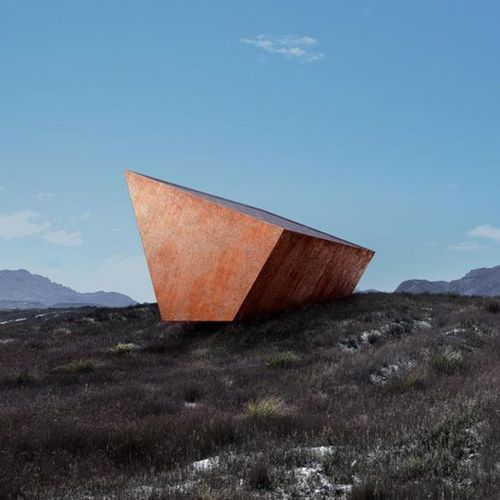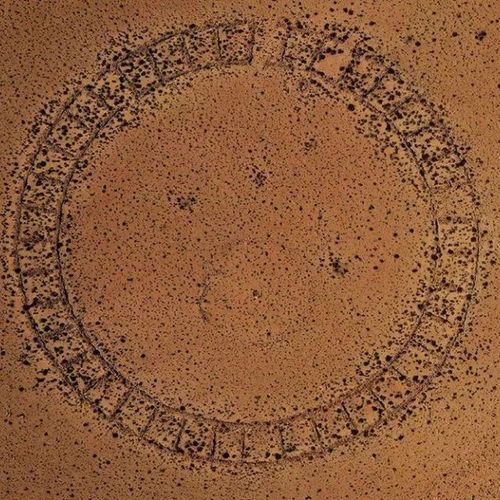
| Added | Tue, 18/04/2023 |
| Источники | |
| Дата публикации | Tue, 18/04/2023
|
| Версии |
An international team of scientists has published a study describing pre-Hispanic objects found in the Andes. One of them turned out to be a real mystery, since it has atypical characteristics for these places.
The study was published in the journal Antiquity, and Arkeonews briefly tells about it. The object is a pre-Hispanic ceremonial center previously unknown to science, scientists suggest. It was discovered during excavations in the Vasquiri area, near the Lauca River and the Bolivian-Chilean border.
Judging by the description, archaeologists have discovered an impressive structure of regular round shape, located on top of a hill. Experts were surprised by this structure not only for its large size, but also for its architectural characteristics, the likes of which had not been seen before in the Andes.
The object in Vaskiri is described as an "impressive circular structure" that has a perimeter ring consisting of 39 adjacent buildings, each with an area of 106 to 144 square meters. Together, these ancient buildings surround an area of about 1 ha, which turned out to be dotted with numerous fragments of ceramics. Perhaps the vessels were broken during ritual ceremonies. The age of the structure at the moment is determined by the age of this pottery. Analysis of the artifacts showed that the mysterious structure was used between 1250 and 1600 AD.
The authors of the study say that this is "an amazing structure unlike any other ever found in the Andes." Modern researchers found a possible mention of this monument in the notes of a Spanish priest named Bartolome Alvarez, who visited these places in the 1580s. Describing local rituals, he mentioned a certain ceremonial center. Alvarez wrote about visitors who, in a state of "solemn intoxication", entered the building, which he called the "house of hell".
"He also received information about the existence of a "large circular building" in which mostly local rulers gathered for ceremonies in honor of the Sun in June - it was one of the most important annual Inca ceremonies," the scientists write in their study.
Новости со схожими версиями
Log in or register to post comments

